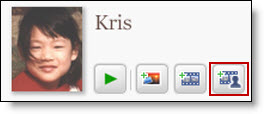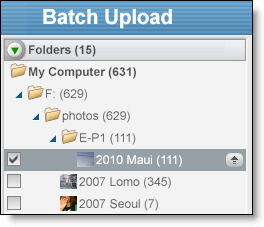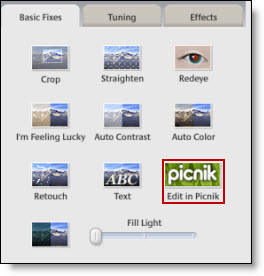What is dewali Diwali or Deepaawali means an Array of Lamps i.e .Rows of diyas (Deep = Lamp, Vali =Array) Of all the festivals celebrated in India, Diwali is by far the most glamorous and important. Enthusiastically enjoyed by people of every religion, its magical and radiant touch creates an atmosphere of joy and festivity. As a family festival, it is celebrated 20 days after Dussehra, on the 13th day of the dark fortnight of the month of Ashwin (October / November). It is a festival of lights symbolizing the victory of righteousness and the lifting of spiritual darkness. It celebrates the victory of good over evil - and the glory of light. This festival commemorates Lord Rama's return to his kingdom Ayodhya after completing his 14-year exile. Diwali is a time for fun and revelry. Diwali is also a time for pooja and tradition. Legend of Diwali Festival |
| There are a number of legends connected with the origin of Diwali. |
But Diwali is widely celebrated as the day that Lord Rama returned triumphant to Ayodya after defeating Ravana.This aspect of Diwali is the most common and acceptable account with regards to the other origins of Diwali. |
Main Legend: King Rama's coronation was celebrated in Ayodhya after his epic war with Ravana, the demon king of Lanka. By order of the royal families of Ayodhya and Mithila, the kingdom of which Sita was princess, the cities and far-flung boundaries of these kingdoms were lit up with rows of lamps, glittering on dark nights to Welcome home the divine king Rama and his queen Sita after 14 years of exile, ending with an across-the-seas war in which the whole of the kingdom of Lanka was destroyed. |
Second Legend: In rural areas, Diwali signifies Harvest Festival. Diwali which occurs at the end of a cropping season has along with the above custom, a few others that reinforce the hypothesis of its having originated as a harvest. Every harvest normally spelt prosperity. The celebration was first started in India by farmers after they reaped their harvests. They celebrated with joy and offered praises to God for granting them a good crop. |
Third Legend: To prove his power, Narakasura usurped some territory of Aditi, (the king of Suraloka and a relative of Satyabhama, Lord Krishna's wife). Vexed with this harassment, Indra and other gods approached Lord Krishna and pleaded with him to protect them from the demon "Narakasura".Satyabhama appealed to Krishna to give her the golden chance to destroy Narakasura, as Narakasura was given a curse that he would be killed by a woman. Krishna granted her a boon to fight with Narakasura. With Krishna as the charioteer, Satyabhama entered the battle field and killed the demon, Narakasura. The killing of Narakasura was a victory of good over evil. It is interesting to note that Bhudevi, mother of the slain Narakasura, declared that his death should not be a day of mourning but an occasion to celebrate and rejoice. Since then, Deepavali is being celebrated by people every year with joyous celebrations with lot of fun and frolic, and fire works. |
Fourth Legend: On that day, Lakshmi Pooja was performed to honour Her and as such, every year on Diwali day, Hindus perform Her prayer and worship.The making and distribution of various sweets and total vegetarian foods are the order of the day.This practice is alive and well to this very day. Many people believe that Lakshmi, the Goddess of wealth and good fortune, visit the homes of devotees on this day. Worship of Lakshmi is performed in the Celebration
| ||||||||||||||||||||||||||||||||||||





